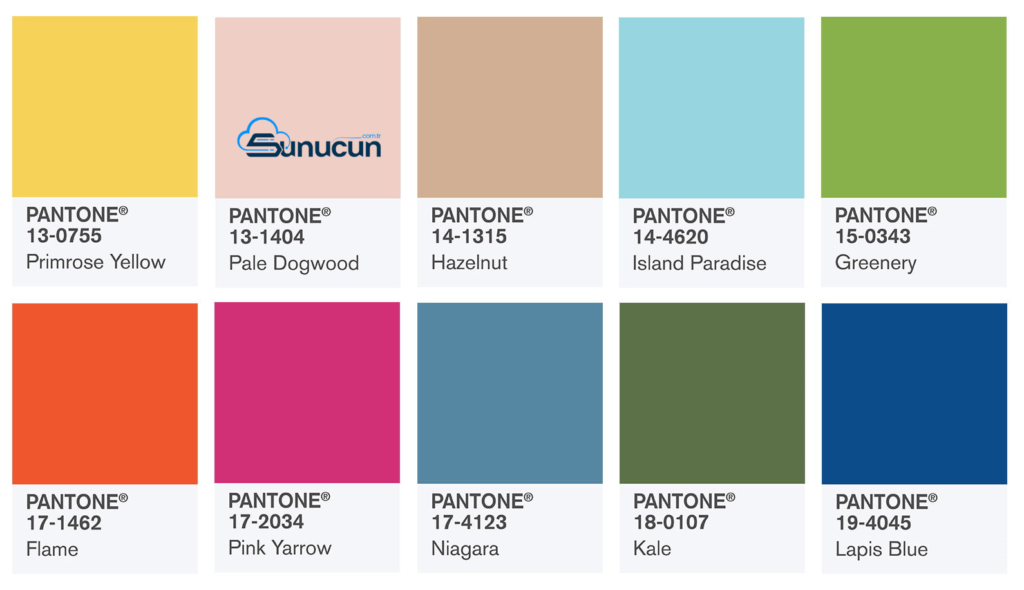Finding Color Code
Colors are a vital element that directly impacts the user experience and overall aesthetics of a website. As the digital world continues to expand, selecting the right colors has become essential for building brand identity and optimizing web design. Color codes are an indispensable tool for web designers, graphic designers, and digital marketers alike. In this article, we’ll explore how to find color codes, their connection to SEO (Search Engine Optimization), and their significance in the digital landscape.
What Are Color Codes?
Color codes are systems used to represent a specific color in the digital world. These codes generally come in two main formats:
- HEX Codes: Consist of six characters, where each pair represents the intensity of red, green, and blue. For example, “#FFFFFF” stands for white, while “#000000” stands for black.
- RGB Codes: This system defines color by combining red (R), green (G), and blue (B) values, with each ranging from 0 to 255. For instance, “rgb(255, 255, 255)” represents white, and “rgb(0, 0, 0)” represents black.
These codes ensure that colors are displayed consistently across websites, applications, and various design projects.
SEO and Color Code Selection: The Importance of Choosing the Right Colors
While color selection and usage don’t have a direct impact on SEO, their indirect effects can be significant. Choosing the right colors can enhance the user experience, encouraging visitors to spend more time on a website. This, in turn, affects key SEO metrics, such as “dwell time” (the amount of time users stay on a page).
A well-chosen color palette allows users to comfortably read content and navigate the website. For example, overly bright or low-contrast colors can cause eye strain, prompting visitors to leave the site quickly. Therefore, selecting color codes carefully is crucial for providing a user-friendly experience, which can ultimately contribute to better SEO performance.

Color Choice and Brand Identity
Colors are one of the most essential components in shaping a brand’s identity. Many large brands are known for their consistent use of specific colors that become synonymous with their identity. For example, Coca-Cola’s red, Facebook’s blue, and McDonald’s yellow have become integral parts of these brands’ recognition.
Color codes allow brands to maintain this consistency in the digital realm. Ensuring that a brand’s chosen colors are used uniformly across its website, social media accounts, advertisements, and other digital materials increases brand recognition and trustworthiness.
Tools for Finding Color Codes
For professionals working in graphic design or web design, finding the right color codes is crucial. Luckily, numerous color code discovery tools are available that make it easy to identify the HEX and RGB codes of any color. Below are some of the most popular tools:
- Adobe Color: This free tool from Adobe is excellent for creating color palettes and identifying their corresponding color codes. Additionally, it can analyze a photograph and extract the color codes from it.
- Coolors: Known for its ease of use and wide range of color options, Coolors helps users create vibrant color palettes and find matching codes.
- Canva Color Palette Generator: Canva, a popular graphic design platform, also offers a tool to generate color palettes and find their corresponding codes.
These tools make it simple to choose the right colors for digital projects, ensuring that your color palette aligns with your brand identity.
SEO-Friendly Color Usage
As mentioned earlier, color choice has an indirect impact on SEO. However, by adopting an SEO-friendly approach to color usage, you can improve user experience and, ultimately, your search rankings. Here are some tips for using colors in an SEO-friendly manner:
- Contrast Levels: The contrast between text and background colors directly affects readability. Low-contrast colors can make it difficult for users to read content, leading to higher bounce rates. Search engines like Google prioritize user experience, so this factor should not be overlooked.
- Fast Loading Times: Large, overly detailed images with complex color combinations can slow down page load times. Optimizing images and using web-friendly color formats can improve page speed, which is a critical factor in SEO rankings.
- Mobile Responsiveness: Ensure that your selected colors look consistent and appealing across both desktop and mobile devices. Google’s algorithms prioritize mobile-friendly websites, making mobile optimization essential for SEO success.
The Role of Color in UX and Conversion Rates
Color plays a key role in guiding users through a website, creating an emotional response, and encouraging specific actions. For example, the color red can be used to grab attention and drive action, which is why it’s often seen on “Buy Now” or “Subscribe” buttons.
Understanding color psychology can also help in choosing the right colors that resonate with your target audience. For instance, blue is often associated with trust and security, making it a common choice for financial or healthcare websites.
How to Optimize Colors for Your Audience
Selecting the right colors for your website isn’t just about aesthetics; it’s also about understanding your audience’s preferences and cultural associations with colors. A color that works well for a Western audience might not have the same effect on an Asian market. Taking the time to research how different cultures perceive colors can give your website a global appeal, making it more accessible and attractive to diverse audiences.
Conclusion
Finding and using the right color codes is critical for both the aesthetic and functional success of digital projects. A carefully selected color palette enhances user experience, reinforces brand identity, and, indirectly, contributes to SEO performance. Using tools like Adobe Color, Coolors, and Canva Color Palette Generator can simplify the process of choosing colors and identifying their corresponding codes.
Incorporating colors that improve readability, ensure quick load times, and maintain consistency across devices will not only benefit your website’s appearance but also contribute to its SEO success. By paying attention to how colors influence user behavior and tailoring them to your audience, you can create a website that is both visually appealing and optimized for search engines.




